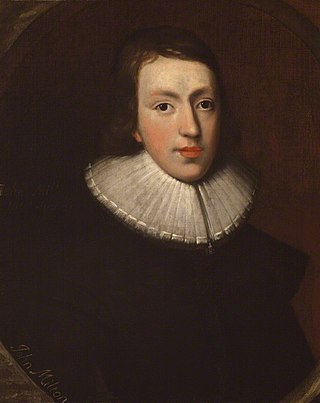
John Milton was an English poet, polemicist, and civil servant. His 1667 epic poem Paradise Lost, written in blank verse and including over ten books, was written in a time of immense religious flux and political upheaval. It addressed the fall of man, including the temptation of Adam and Eve by the fallen angel Satan and God's expulsion of them from the Garden of Eden. Paradise Lost elevated Milton's reputation as one of history's greatest poets. He also served as a civil servant for the Commonwealth of England under its Council of State and later under Oliver Cromwell.

A sonnet is a poetic form that originated in the poetry composed at the Court of the Holy Roman Emperor Frederick II in the Sicilian city of Palermo. The 13th-century poet and notary Giacomo da Lentini is credited with the sonnet's invention, and the Sicilian School of poets who surrounded him then spread the form to the mainland. The earliest sonnets, however, no longer survive in the original Sicilian language, but only after being translated into Tuscan dialect.

This article focuses on poetry from the United Kingdom written in the English language. The article does not cover poetry from other countries where the English language is spoken, including Republican Ireland after December 1922.
This article contains information about the literary events and publications of 1646.
This article contains information about the literary events and publications of 1645.
Canadian poetry is poetry of or typical of Canada. The term encompasses poetry written in Canada or by Canadian people in the official languages of English and French, and an increasingly prominent body of work in both other European and Indigenous languages.

The term Metaphysical poets was coined by the critic Samuel Johnson to describe a loose group of 17th-century English poets whose work was characterised by the inventive use of conceits, and by a greater emphasis on the spoken rather than lyrical quality of their verse. These poets were not formally affiliated and few were highly regarded until 20th century attention established their importance.
Richard Crashaw was an English poet, teacher, High Church Anglican cleric and Roman Catholic convert, who was one of the major metaphysical poets in 17th-century English literature.
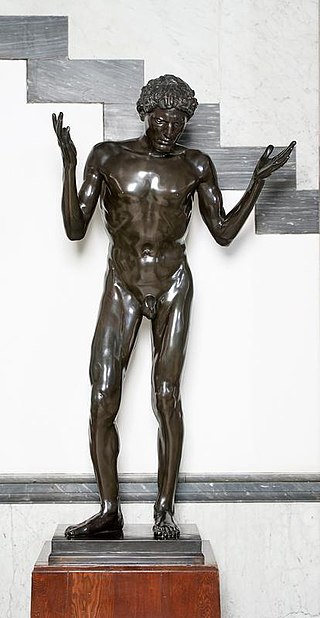
"Lycidas" is a poem by John Milton, written in 1637 as a pastoral elegy. It first appeared in a 1638 collection of elegies, Justa Edouardo King Naufrago, dedicated to the memory of Edward King, a friend of Milton at Cambridge who drowned when his ship sank in the Irish Sea off the coast of Wales in August 1637. The poem is 193 lines in length and is irregularly rhymed. Many of the other poems in the compilation are in Greek and Latin, but "Lycidas" is one of the poems written in English. Milton republished the poem in 1645.
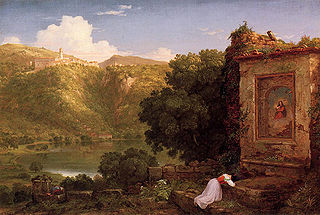
Il Penseroso is a poem by John Milton, first found in the 1645/1646 quarto of verses The Poems of Mr. John Milton, both English and Latin, published by Humphrey Moseley. It was presented as a companion piece to L'Allegro, a vision of poetic mirth. The speaker of this reflective ode dispels "vain deluding Joys" from his mind in a ten-line prelude, before invoking "divinest Melancholy" to inspire his future verses. The melancholic mood is idealised by the speaker as a means by which to "attain / To something like prophetic strain," and for the central action of Il Penseroso – which, like L'Allegro, proceeds in couplets of iambic tetrameter – the speaker speculates about the poetic inspiration that would transpire if the imagined goddess of Melancholy he invokes were his Muse. The highly digressive style Milton employs in L'Allegro and Il Penseroso dually precludes any summary of the poems' dramatic action as it renders them interpretively ambiguous to critics. However, it can surely be said that the vision of poetic inspiration offered by the speaker of Il Penseroso is an allegorical exploration of a contemplative paradigm of poetic genre.
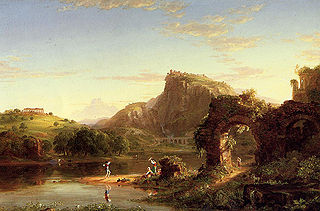
L'Allegro is a pastoral poem by John Milton published in his 1645 Poems. L'Allegro has from its first appearance been paired with the contrasting pastoral poem, Il Penseroso, which depicts a similar day spent in contemplation and thought.

William Marshall was a seventeenth-century British engraver and illustrator, mostly known for his allegorical portrait of King Charles I of England as a Christian martyr, which was published as the frontispiece to the Eikon Basilike.
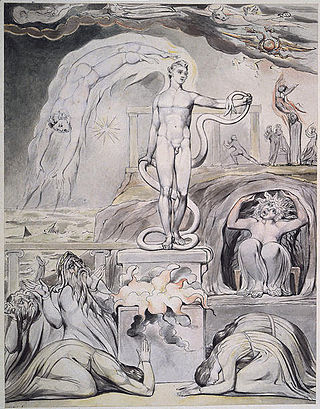
On the Morning of Christ's Nativity is a nativity ode written by John Milton in 1629 and published in his Poems of Mr. John Milton (1645). The poem describes Christ's Incarnation and his overthrow of earthly and pagan powers. The poem also connects the Incarnation with Christ's Crucifixion.
The Passion is an unfinished ode by John Milton that was possibly written in 1630 and was first published in 1645 or 1646. The poem connects Christ's Crucifixion with his Incarnation. It is linked to two other poems of Milton: On the Morning of Christ's Nativity and Upon the Circumcision
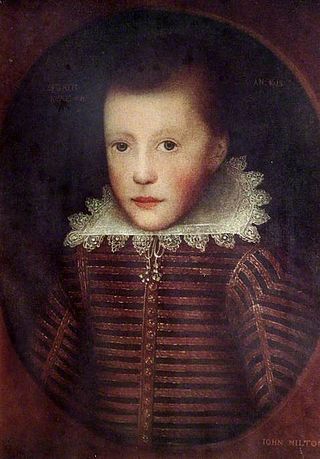
John Milton wrote poetry during the English Renaissance. He was born on 9 December 1608 to John and Sara Milton. Only three of their children survived infancy. Anne was the oldest, John was the middle child, and Christopher was the youngest.
"When I Consider How My Light is Spent" is one of the best known of the sonnets of John Milton (1608–1674). The last three lines are particularly well known; they conclude with "They also serve who only stand and wait", which is much quoted though rarely in context. Variants of it have been used as mottos in a number of contexts, for example the Dickin Medal for service animals bears the motto "We also serve", and the Navy Wives Clubs of America uses the motto "They Also Serve, Who Stay and Wait". In U.S. popular culture it is perhaps best known for Hall of Fame baseball broadcaster Vin Scully, who would quote it when showing a player not in the game.
The pastoral elegy is a poem about both death and idyllic rural life. Often, the pastoral elegy features shepherds. The genre is actually a subgroup of pastoral poetry, as the elegy takes the pastoral elements and relates them to expressing grief at a loss. This form of poetry has several key features, including the invocation of the Muse, expression of the shepherd's, or poet's, grief, praise of the deceased, a tirade against death, a detailing of the effects of this specific death upon nature, and eventually, the poet's simultaneous acceptance of death's inevitability and hope for immortality. Additional features sometimes found within pastoral elegies include a procession of mourners, satirical digressions about different topics stemming from the death, and symbolism through flowers, refrains, and rhetorical questions. The pastoral elegy is typically incredibly moving and in its most classic form, it concerns itself with simple, country figures. In ordinary pastoral poems, the shepherd is the poem's main character. In pastoral elegies, the deceased is often recast as a shepherd, despite what his role may have been in life. Further, after being recast as a shepherd, the deceased is often surrounded by classical mythology figures, such as nymphs, fauns, etc. Pastoral elegy is one of the forms of poems in Elizabethan poetry.
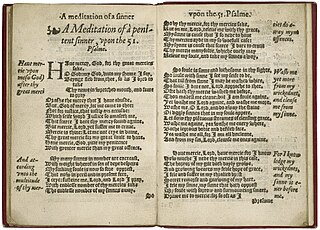
Anne Locke was an English poet, translator and Calvinist religious figure. She has been called the first English author to publish a sonnet sequence, A Meditation of a Penitent Sinner (1560), although authorship of that work has arguably been attributed to Thomas Norton.
Nationality words link to articles with information on the nation's poetry or literature.
Nationality words link to articles with information on the nation's poetry or literature.












